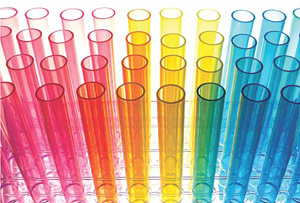Approved CWA Test Methods: Questions and Answers

When do I need to use an approved 40 CFR Part 136 method?
You need to use an approved Part 136 method when your permit or permitting authority requires it.
How do I know I am using an approved method?
If your method is specified in your permit or in the regulations at 40 CFR 136.3 and Parts 401 through 503. These approved methods also include modifications to the method that are within the method flexibility discussed at 40 CFR 136.6.
Are all CWA compliance methods listed in 40 CFR Part 136?
Most CWA compliance methods are listed in Part 136, but your permitting authority or permit may specify use of other methods.
May I use EPA Office of Resource Conservation and Recovery's "SW-846" methods?
Generally, no, for wastewater measurements. The permittee is required to use approved CWA methods for compliance purposes. SW-846 methods (solid waste methods) are not necessarily developed for the same monitoring purposes or matrices for which CWA methods are developed. However, your permitting authority may allow use of SW-846 or other methods for analyzing sewage sludge (biosolids).
For chemical methods, you may demonstrate that there is interference and implement corrective action as described in:
The EPA has approved the following microbial methods for use in biosolids:
-
EPA Method 1680 and 1681 for fecal coliforms
-
EPA Method 1682 for Salmonella
The Office of Water has used the following EPA methods for chemicals in fish tissue:
- 1613B: Dioxins and Furans
- 1614: PBDEs
- 1625C: Semivolatile Organic Compounds
- 1631: Mercury
- 1632A: Arsenic
- 1656A: Organohalide Pesticides
- 1657A: Organophosphorus Pesticides
- 1668: PCB Congeners, Revision B
Additional methods may be available in Solid Waste Methods (SW-846).
Where is the list of approved methods for air and radiation, solid waste, drinking and waste water, pesticides and toxic substances, etc.?
Refer to Collection of Methods.
